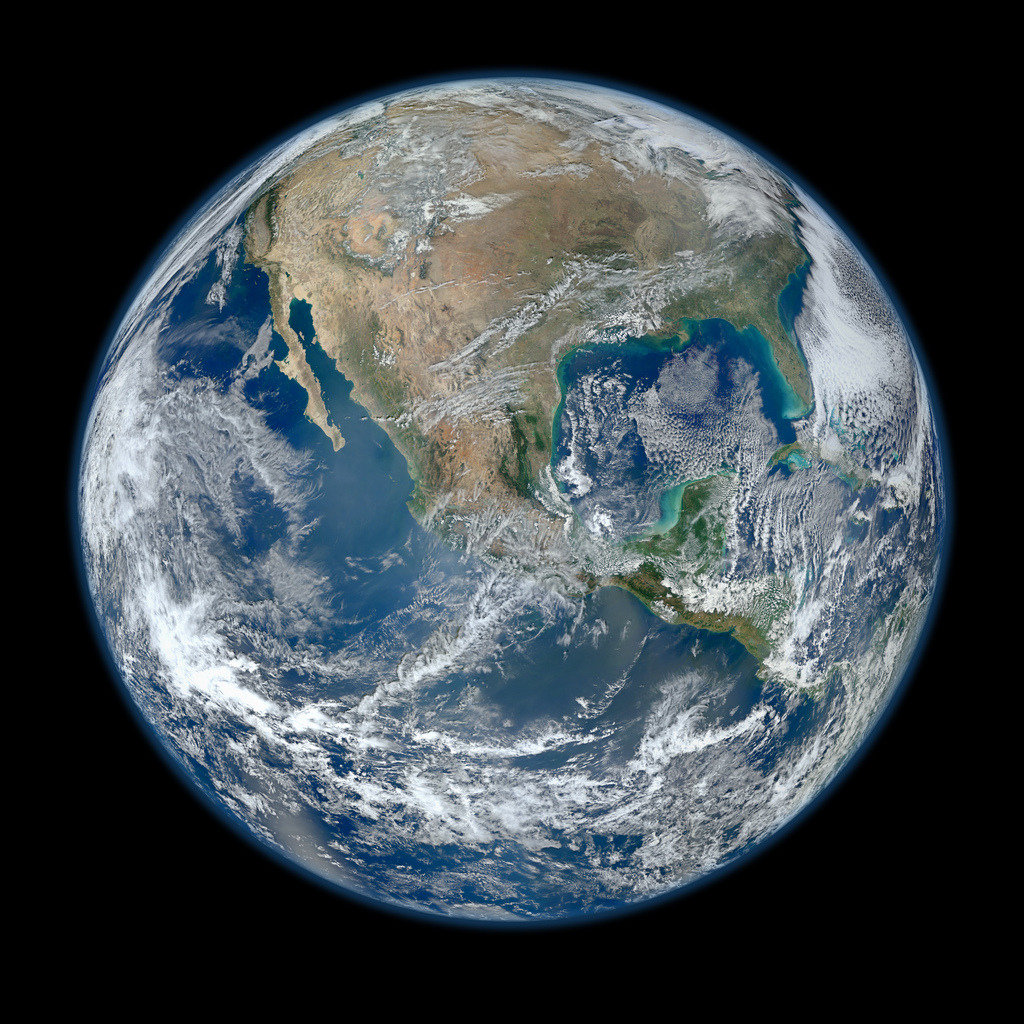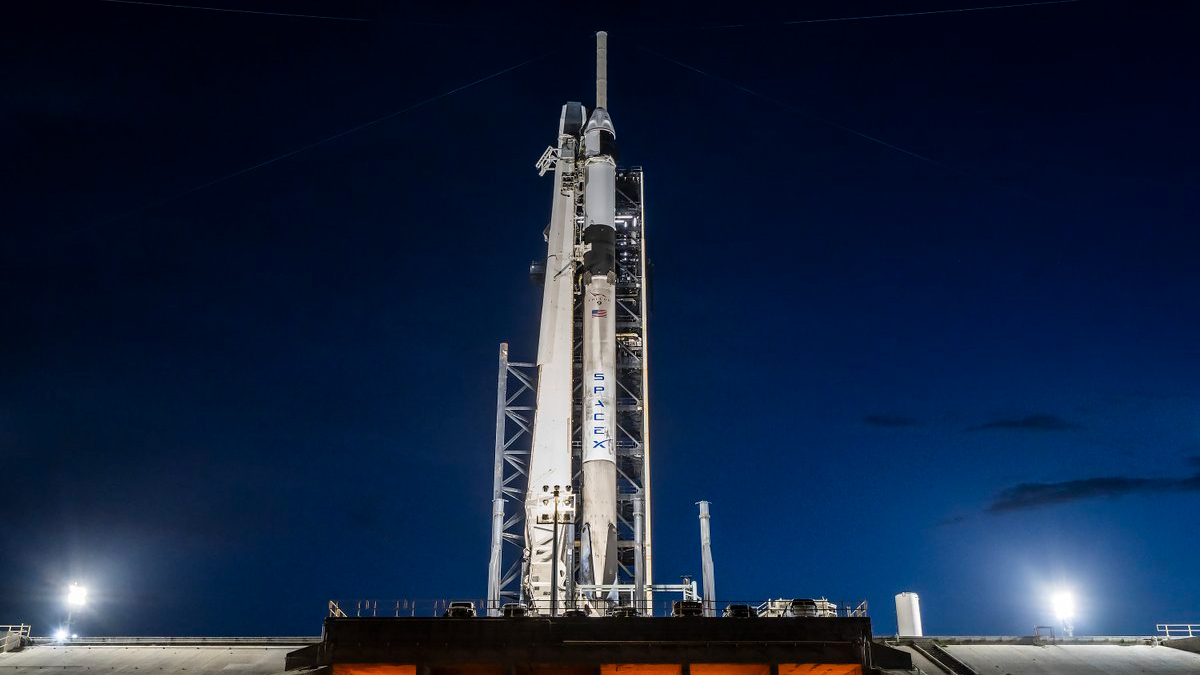Ancient Rocks Suggest Early Earth Was Motley Mix

Portions of the growing Earth may have been extraordinarily sluggish to change, with some pieces lasting for more than 1.5 billion years despite the influence of enormous heat and pressure found in the planet's interior, researchers say.
These new findings suggest Earth was less of a well-mixed melting pot and more like a motley salad bowl than previously thought.
Many aspects of the Earth's formation about 4.5 billion years ago remain mysterious because so few rocks from that time have survived. To learn more about the planet's distant past, researchers investigated ancient volcanic rocks — 2.82-billion-year-old ones from Russia and 3.47-billion-year-old ones from South Africa.
Our world emerged from the gradual collisions of bodies of increasing size over what may have been as much as tens of millions of years. Chemical elements then separated into different compartments of Earth's interior based on their affinity for iron.
Long-lived rocks
The researchers discovered that the 2.8-billion-year-old volcanic rocks from Russia have a different makeup of tungsten isotopes compared to most rocks, including those contributing to the tungsten filaments in incandescent light bulbs. (Isotopes of elements have the same number of protons in their atomic nucleus, but different numbers of neutrons.)
The Russian rocks have more of the isotope tungsten-182, which is thought to come from the radioactive decay of an isotope of another element, hafnium-182. This hafnium-182 was present at the time our solar system formed, and rapidly decayed to tungsten-182 in about 60 million years. So the Russian rocks weren't cycled as quickly as other Earth rocks were.
Breaking space news, the latest updates on rocket launches, skywatching events and more!
"This difference in isotopic composition requires that the Earth formed and separated into a metallic core, silicate mantle, and perhaps crust, well within the first 60 million years of solar system history," said researcher Mathieu Touboul, a geochemist at the University of Maryland. "In itself this is not new or surprising."
"What is new and surprising is that a portion of the growing Earth developed the unusual chemical characteristics that could lead to the enrichment in tungsten-182, and also that this portion of the mantle remained distinct from the rest of the mantle for more than 1.5 billion years," Touboul added. "At this time it contributed material to the volcanic system we sampled."
This has implications for our understanding of how quickly the Earth became the Earth.
"Our results suggest that some portions of the Earth likely formed within 10 to 20 million years of the formation of the solar system, and that these earliest building blocks for the planet remained distinct until at least 2.8 billion years ago," Touboul told OurAmazingPlanet.
Well-mixed mantle?
These findings of long-term survival of portions of the mantle conflicts with the conventional wisdom that, since the mantle of the early Earth must have been very hot, it was likely to have been well mixed.
"It has even been speculated that the outer, rocky portion of Earth was completely melted by a giant impact that created the moon," Touboul said. "Such conclusions are difficult to reconcile with our new findings."
Many questions remain, Touboul said: "We don't, for example, know whether the portion of the Earth with the unusual isotopic composition still exists," he noted. "In addition, the processes responsible for the formation of the earliest building of the Earth are still to be clearly identified. We plan to analyze some modern volcanic rocks and others old systems in the near future to assess these."
Touboul, with his colleagues Igor Puchtel and Richard Walker, detailed their findings online today (Feb. 16) in the journal Science.
This story was provided by OurAmazingPlanet, a sister site to SPACE.com.
Join our Space Forums to keep talking space on the latest missions, night sky and more! And if you have a news tip, correction or comment, let us know at: community@space.com.

Charles Q. Choi is a contributing writer for Space.com and Live Science. He covers all things human origins and astronomy as well as physics, animals and general science topics. Charles has a Master of Arts degree from the University of Missouri-Columbia, School of Journalism and a Bachelor of Arts degree from the University of South Florida. Charles has visited every continent on Earth, drinking rancid yak butter tea in Lhasa, snorkeling with sea lions in the Galapagos and even climbing an iceberg in Antarctica. Visit him at http://www.sciwriter.us

